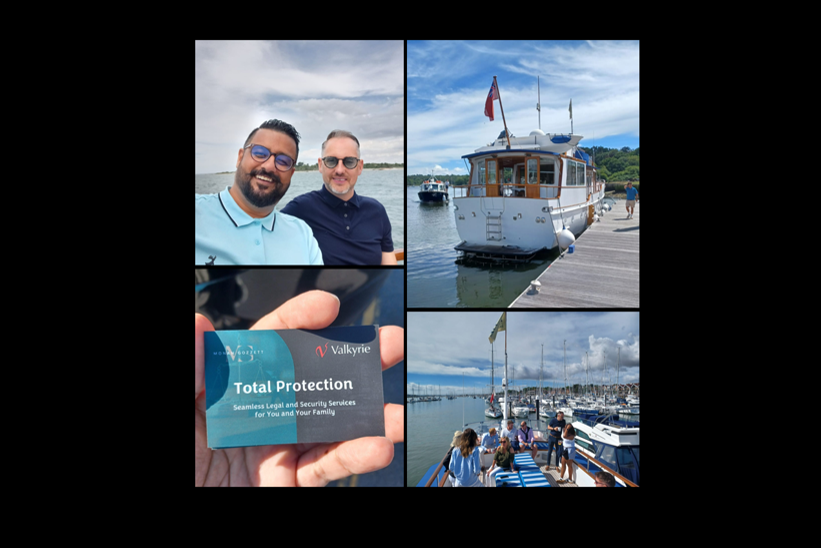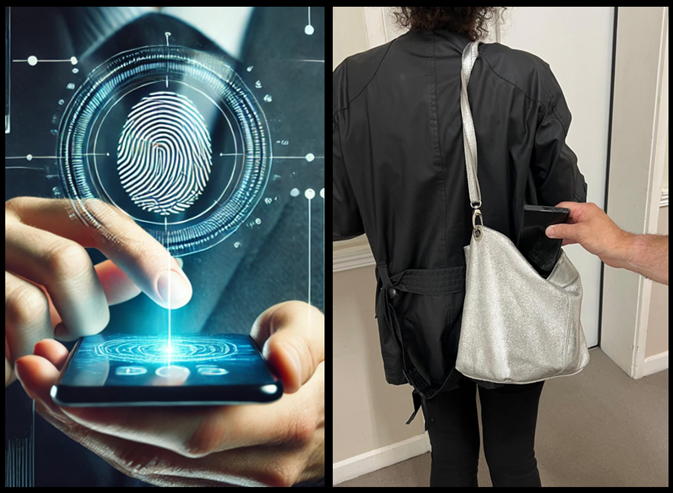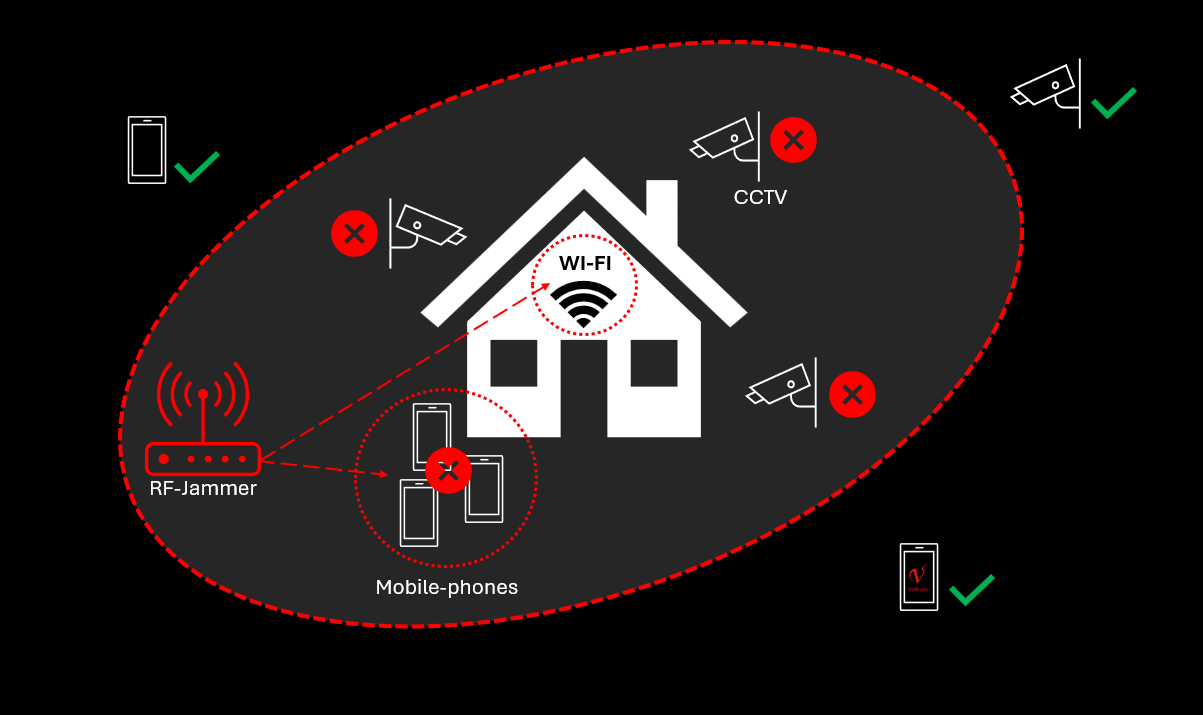The Met Police is the biggest police force in the UK. London didn’t have a professional police force until 1829. Before then, volunteers policed the streets and the army helped whenever needed.
It’s been just over 100 years since women became police officers in the Met. When the first police force was formed in London, women weren’t allowed to join. Police officers had to be male, under-35, taller than five-foot-five and physically fit. Almost 100 years later, in 1915, Britain’s first female police officer with the power of arrest, Edith Smith, first walked her beat in Lincolnshire. Three years later in 1918, it was decided that women should be able to join the Met police.
On the 22nd of Nov 1918, it was announced that women were to be introduced to employment within London’s police force. The first female police officer was seen on the streets of London in 1919. However, female officers in the Met weren’t allowed to make arrests until 1923 and if it wasn’t for a female MP called Nancy Astor, Parliament might well have banned them completely. Married women could only join the force after 1946. It wouldn’t be until 1986 that woman would be given truncheons to help protect themselves. I remember with surprise that the women’s truncheons were much smaller than mine – this was apparently to fit in their police issue handbags.
For the first 21 female officers, who all started on an ‘experimental’ basis, their working conditions were much different to those females working in the job today. They received poor pay, were not entitled to a pension and were not referred to as ‘police women’. Instead, they were called ‘women patrols’. This was perhaps because they didn’t have the power of arrest and were not sworn in.
A step in the right direction was made in late 1923 when female officers were given a new title, which was to be ‘Constable’ – the same as their male peers. This has remained in place since being implemented nearly a century ago. In 1968, Sislin Fay Allen became the first ever black female police officer, this was only a year after the first black male officer was recruited – friend of mine called Norwell Roberts.
With salaries remaining imbalanced between male and female officers for decades, it was a lengthy period for women feeling undervalued for their work and commitment to London. It wasn’t until 1973 when the ‘women’s department’ was finally removed from the police service that we started to see significant change. Just one year later, the difference between pay for male and female officers was finally addressed and equal pay was introduced.
Currently, 27% of the Metropolitan Police Service’s workforce is made up of women (approx 8,000), in the UK as a whole 30% of the police force are woman which is all thanks to the positive change we have seen over the last 100 years. A century on and the Met had their first female Commissioner, Cressida Dick, who has recently retired. However she encouraged more women to join the police eventually hoping there would be a 50/50 split between men and women in the Metropolitan Police
Clearly the last 100 years has been a struggle for women to gain a equal status in police service. During my police career I worked with many fantastic female colleagues who have and continue to play a vital role in keeping London safe and I am proud to have served with them. And I am especially proud of the fact that men and women are paid exactly the same in the police service.













